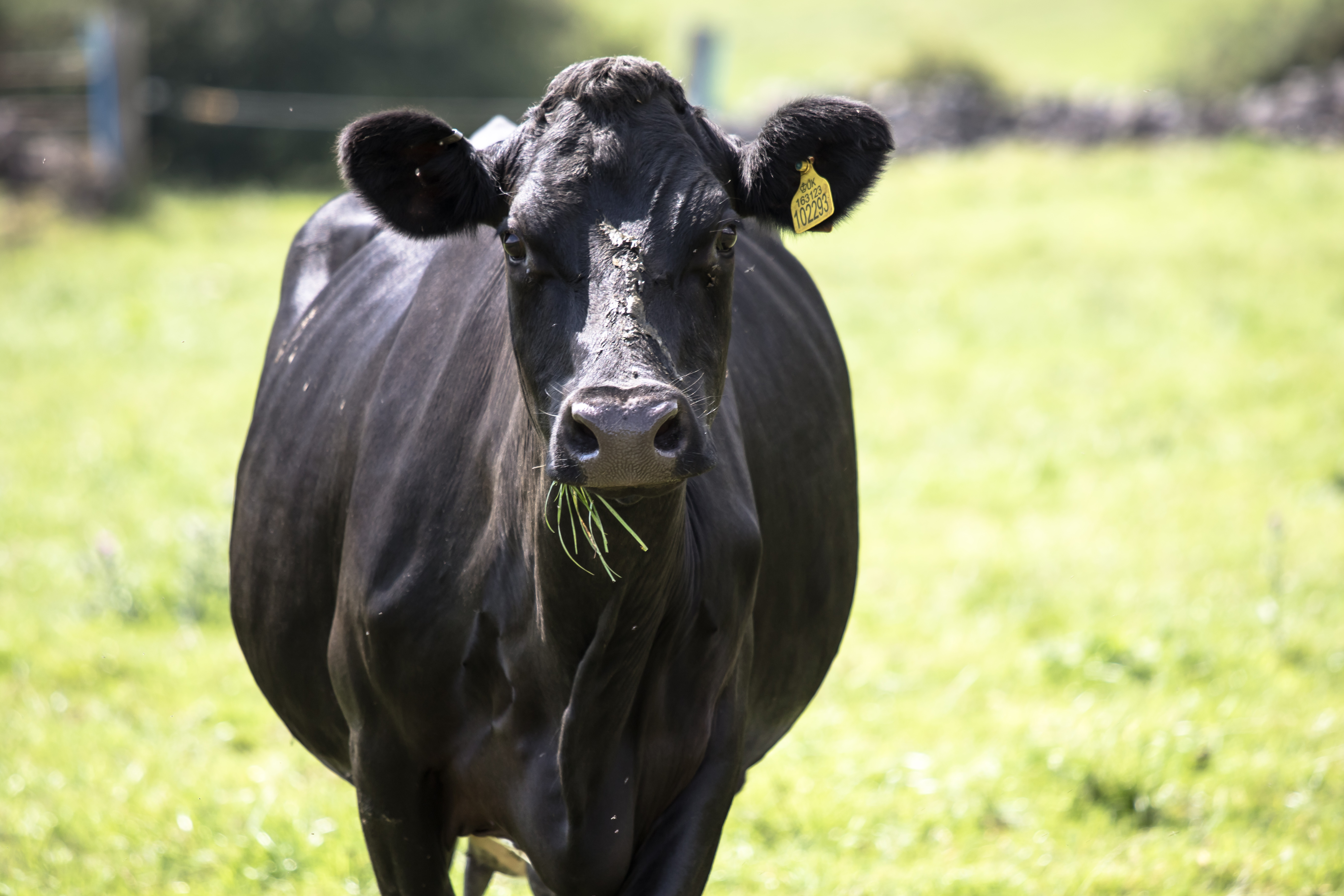Are you supplementing or substituting grass?
Friday, 27 May 2022
Supplementing cows only works if you are filling a genuine grass deficit and need to increase cow intakes.
This is because for every kilogram of concentrate eaten, a cow eats less grass. In turn, this means that supplementing cows can soon turn into substitution, which loses control of pasture quality for the rest of the season.
Consultant Andre van Barneveld of Graise Consultancy, says that it’s hard to match second and third rotation quality grass with concentrates. At 12.0–13.0 MJ of metabolisable energy (ME), this leafy grass is a high quality, digestible feed. “If you have enough grass and grazing it means you are able to get good utilisation, there is no reason to be feeding more than 2 kg/cow/cake for optimum profitability,” he says. “The only reason is to chase output – but remember the saying, ‘production is vanity, profit is sanity’!”
Another common reason for feeding concentrates is to ensure cows are fertile and that they can get back in-calf. However, Andre points out that well-managed pasture gives the cow what she needs: intakes of almost 18 kg DM/day are possible and can produce M + 30 litres/day, as well as maintain body condition score.
Feeding concentrates ultimately causes grass quality to deteriorate because cows leave higher residuals. The resulting lower ME of grass reduces milk output, which then requires concentrate to maintain it, setting up a bad circle. Then comes the temptation to graze high covers as a safe way of building grass ahead to ensure it doesn’t run out. “This has a dangerous impact on pasture and you could set yourself up poorly for the rest of the year,” says Andre. He believes that the actual cost of concentrate feeding (including direct and indirect costs) is 1.6 times the price of the cake.
For more, read Andre van Barneveld’s article: Why are YOU feeding meal to the cows this spring?

Topics:
Sectors:
Tags:

